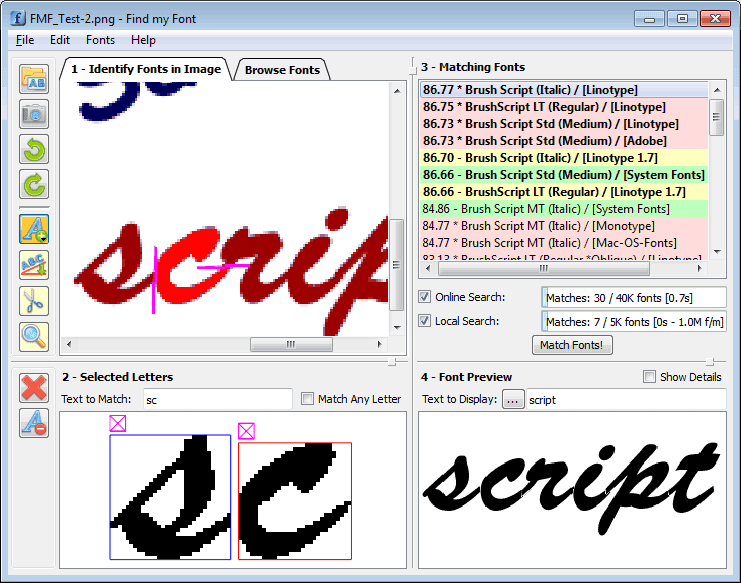

This is possible by using different typefaces for these elements or editing the existing font file. Adding Italics And Other Special FontsĬreating a font from an image can be enhanced by adding italics and other special fonts.

When creating a font from an image, it is important to consider these factors to ensure the font is legible and easy to use. Additionally, readability can be affected by factors such as letter size and spacing. You may also want to consider the font’s intended audience and region. When choosing a typeface, consider its overall style and tone. This can be difficult since many different fonts are available on the market. Once you have selected the best font options for your text, it is important to choose the right typeface. Choosing The Right Typeface For The FontĬreating a font from an image requires careful consideration of the font’s style, intended use, and readability. After selecting the desired font options, you can save the file for later use. This may involve selecting specific letters or characters to ensure that they match the design of the image. Once the image is filtered, you can choose the best font options for the text you want to create. This can achieve with various filters, such as blur, sharpen, and contrast. The first step in creating a font from an image is to filter the image for the best font options. Filtering The Image For The Best Font OptionsĬreating a font from an image may sound daunting, but it can be a simple and rewarding process with the right steps. With these simple steps, anyone can quickly create their personalized font from an image. Finally, turn your artwork into a font and edit or replace glyphs. Use the Pen Tool to add any extra contours to the glyph. Organize each glyph type on separate layers to avoid any confusion.ĭetermine the font’s ascent and descent using units of the em-size. First, draw each letter as a vector shape on a single Shape layer to keep the design consistent. Detailed Steps To Create A Font From An ImageĬreating a font from an image is a fun and easy process to showcase your creativity. Choosing the right font for your project is necessary, considering its overall style, intended use, and readability. The two most basic typeface classifications are Serif and Sans Serif fonts. Best in class and an easy recommendation for me.Italic and Oblique font styles are available for some but not all fonts. Features are clearly labelled and intuitive, the detailed previews are both beautiful and functional. Makes other font management apps look dated and tired. It’s actually made me a lot more experimental and diverse with my font choices.Typeface’s UI is clear, slick and easy on the eye.
#Find my font with picture full
This means that you don’t end up with a menu full of activated fonts that you don’t need when you’re experimenting with a layout. Typeface makes this possible.Secondly, and this is big, is the ability to apply fonts without activating them, simply by drag and dropping the font into your layout. I store my fonts on a cloud folder so they’re all accessible from whichever computer I’m using. Typeface doesn’t take your fonts and create its own database - it leaves your folders alone and just links to them. Two aspects of Typeface that strongly appealed to me are its non-intrusive way of handling your fonts, meaning that you can organise and structure your fonts folder however you wish - I do mine by style and by client/project. Best in class As part of my switch to M1, I decided to rethink my approach to font management.


 0 kommentar(er)
0 kommentar(er)
